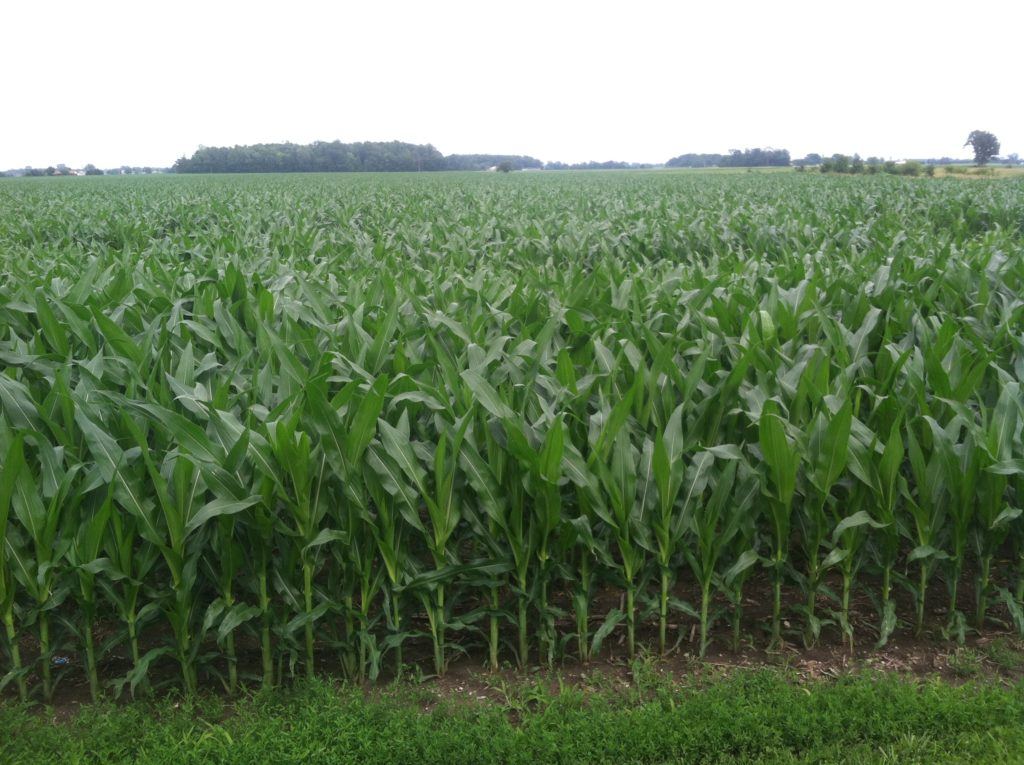Biofuel keeps the ag world going ‘round
By Lindsay Humphrey
The Clean Air Act (CAA) was the first stab the Environmental Protection Agency (EPA) took at limiting consumption of fossil fuel-generated energy?. This was later revised under the Energy Policy Act of 2005 (EPAct), which officially created the Renewable Fuel Standard (RFS) program. This was later expanded into the program used today through the Energy Independence and Security Act of 2007 (EISA).
The program might not be in its infancy anymore, but it most certainly hasn’t passed the terrible twos yet. This temper tantrum status, if you will, is on full display as the EPA toys with the idea of retroactively changing volume requirements for ethanol and biodiesel in the 2020 fuel supply. So far, that piece of the proposal hasn’t been well received by many.
“This represents a significant departure from prior practice,” said Renewable Fuels Association Communications Director, Ken Colombini. “In the past, the EPA said it could not go back in time to alter volumes, and now it proposes to do so, more than two years after they were finalized. With the reduced blending of biofuels or reduced purchases of credits, the industry suffers.”
Is the EPA operating on a “just kidding” mentality? If they’re just going to change the rules later, why bother with them in the first place? Farmers can’t place any confidence in the standards that could shift later on because they ultimately impact the market.
 Corn is a significant contributor to biofuel production, an estimated 26% of the 2020 U.S. corn crop went into ethanol while another 7.4% was used for dried distiller’s grain. (Source: Corn Usage by Segment 2020). That means more than 30% of the corn bushels harvested in 2020 fall under the RFS program.
Corn is a significant contributor to biofuel production, an estimated 26% of the 2020 U.S. corn crop went into ethanol while another 7.4% was used for dried distiller’s grain. (Source: Corn Usage by Segment 2020). That means more than 30% of the corn bushels harvested in 2020 fall under the RFS program.
“Agricultural producers are the primary supplier for renewable fuels, whether it’s corn and sorghum for ethanol or soybeans for biodiesel,” Colombini explained. “The ability of farmers to sell their products for use in multiple markets, such as biofuels, is critical to their success.”
And part of that success hinges on buying and selling in the market with confidence that the volume requirements won’t change years after the fact.
“When you consider how closely tied biofuels are to agriculture – many biorefineries are owned by local farmers – you can see how an impact on one also impacts the other,” Colombini said. “Stability allows one to plan investments in expansion or new equipment, for example.”
In early December, the EPA revealed their proposals for the RFS program for 2020-2022. (Source: Current Proposal Volumes) Since then, the proposal’s been discussed by various commodity groups with a vested interest in the outcome. As it stands, producers could lose quite a bit or possibly gain just a little.
“To the extent, the proposal leads to a reduction in biofuel production, this would impact farmers negatively,” Colombini said. “Likewise, if it leads to an increase, it would be a benefit to them. Right now, we are generally optimistic about it, but we are concerned about the 2020 cut.”
The Renewable Fuels Association released their official statements about the proposal on February 5. Read those here.
